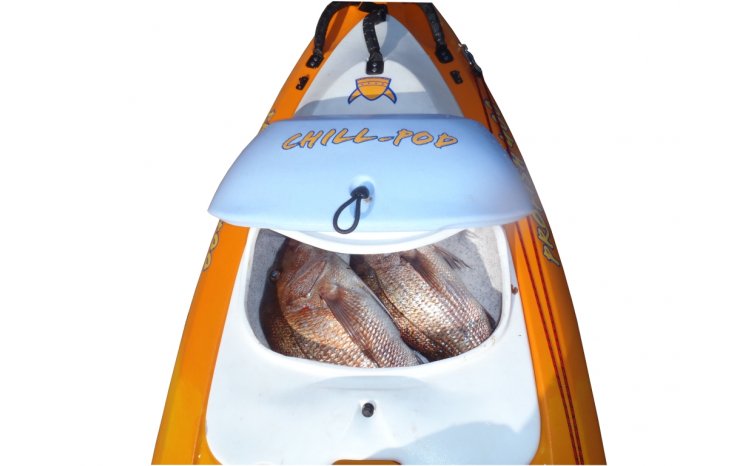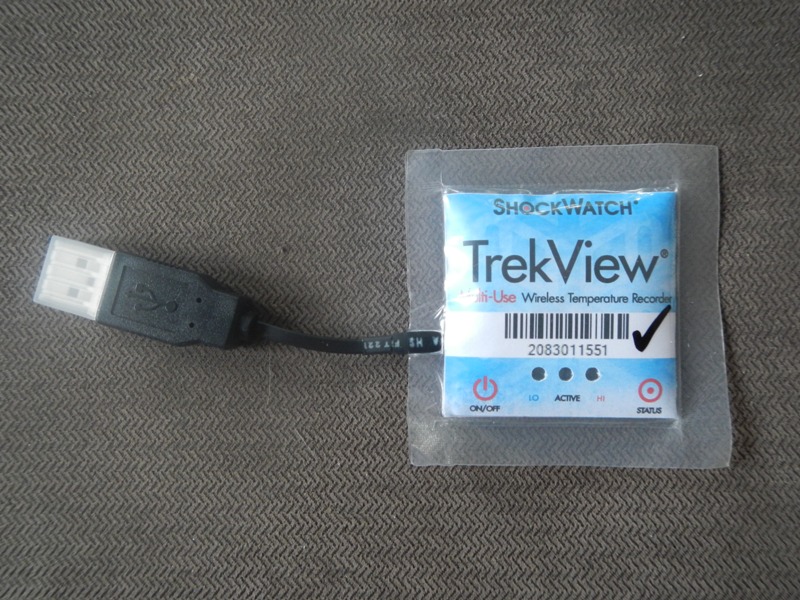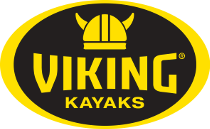Chill Pod versus Insulated Cover – Optimizing your catch
2:50PM 22nd Feb 14
.jpg)
Shelley Bradish-Cooney of Team Viking Predators writes about her findings on the cooling comparisons between the Profish Chill Pod & Insulated Well Covers - The great thing about kayak fishing in New Zealand is that we are right at the coal face when it comes to innovation. The downside is that there is so much great gear to choose from, how do you decide where to spend your money?
Like many out there, I made my first initial investment by buying a used kayak, and when I found this was a sport I wanted to get serious about, I upgraded and bought a new kayak to get the latest design features. Better storage, faster hull design, lighter weight composite plastics – the list goes on and on. I have been using a Chill Pod™ now for the last year, and thought it would be a good idea to do a cost benefit analysis on this way of keeping your catch cool.

The Chill Pod™ is a plastic storage unit that fits in the rear well of the Viking 400 and Viking Reload. It has an additional layer of insulation, and is designed to keep your fish cool. It also serves in the place of a chilli bin, and means that you can simply lift the pod out of the rear well of the kayak to transport your catch to the car. But how does it compare to the cost of an insulated rear well cover?
Based on my research, there is a $220 difference in the cost of a rear well cover compared to a Chill Pod™. I had used rear well covers for years, thinking they were sufficient. Then I started to notice that in the high summer, fish that sat under the rear well had a different texture when I would fillet them. The flesh was softer, almost mushy, and would not last as long in the fridge.
As a general rule of thumb, for every hour that a fish remains at room temperature, it loses one day of shelf life. I always make sure that I rinse my fillets in salt water, and with correct handling of the fish I can make it stays fresh in the fridge for 5 days. In one case this spring, I was using a rear well cover on a sunny day, and noticed the fish only lasted 3 days in the fridge.
To better determine the temperature difference, my fishing partner and husband Stuart suggested we use some of his gear from work. They use a ShockWatch product called TrekView, which is a wireless temperature recorder. These sensors travel in shipping containers with temperature sensitive product, and are returned by customers buying their products. In the event of a problem with the performance of a product, these sensors can be plugged into a computer, and the entire temperature details of the shipping container can be revealed.
We placed one sensor in the rear well of the Viking 440, under an insulated cover, and one in the Chill Pod™ of my Viking Reload. To assist with keeping the fish cool, we had frozen two 2L milk bottles full of sea water the night before. This is a more cost effective way of keeping your rear well chilled, given that a bag of salt ice can cost $4.00 per bag. The reason for using salt water over tap water is that it has a lower freezing point, so it takes longer to thaw, and will keep things cooler longer.
 On the day we went out, it was a sunny day and the outdoor temperature was 20 degrees C. The temperature inside the rear well under the insulated cover got to 16 degrees. The ice in the milk container thawed, but over a 6 hour period on the water it remained quite cool. It was interesting to see that in the Chill Pod™ the maximum temperature reached was 8 degrees C, and the ice in the milk container also thawed. With handling the fish, the fish from the Chill Pod™ felt significantly cooler.
On the day we went out, it was a sunny day and the outdoor temperature was 20 degrees C. The temperature inside the rear well under the insulated cover got to 16 degrees. The ice in the milk container thawed, but over a 6 hour period on the water it remained quite cool. It was interesting to see that in the Chill Pod™ the maximum temperature reached was 8 degrees C, and the ice in the milk container also thawed. With handling the fish, the fish from the Chill Pod™ felt significantly cooler.
With catch limits decreasing, I think it makes sense to invest in gear that is going to give you the greatest opportunity to keep your fish in the best condition possible. I would recommend people budget for a Chill Pod™ - the evidence would suggest that is a much more effective way of keeping fish cool.





